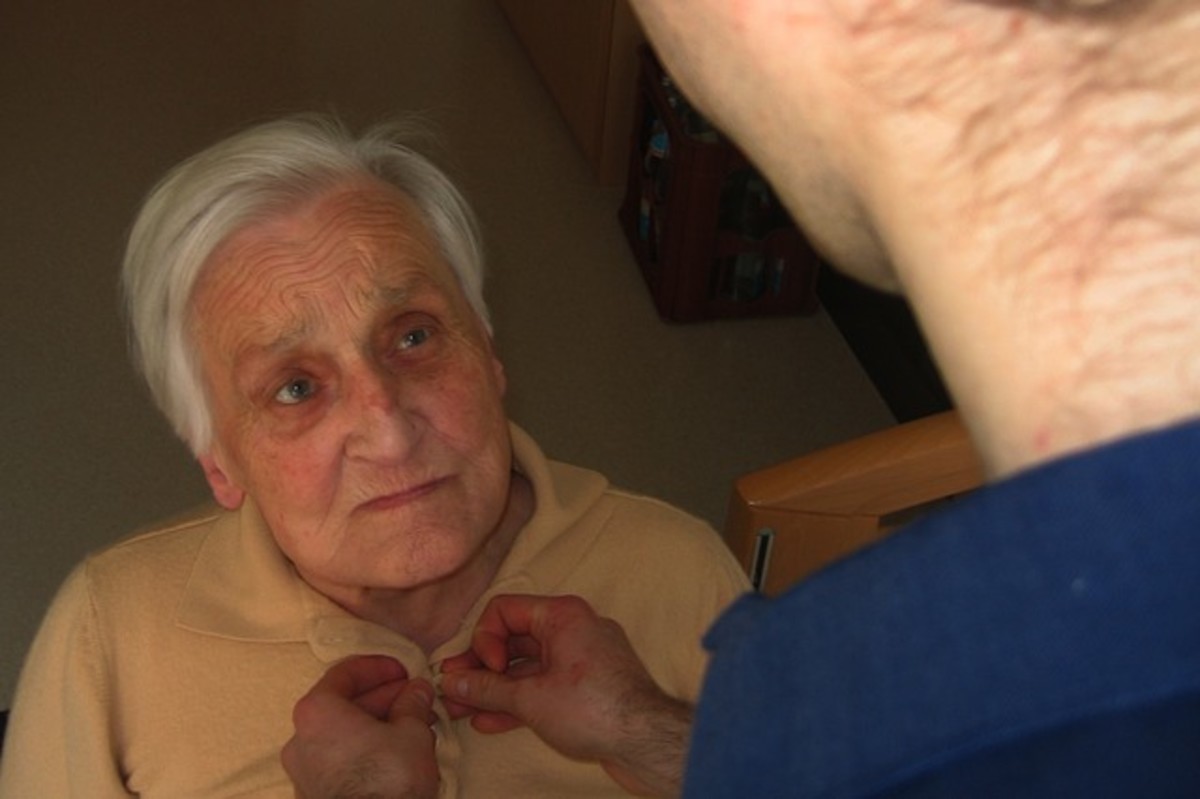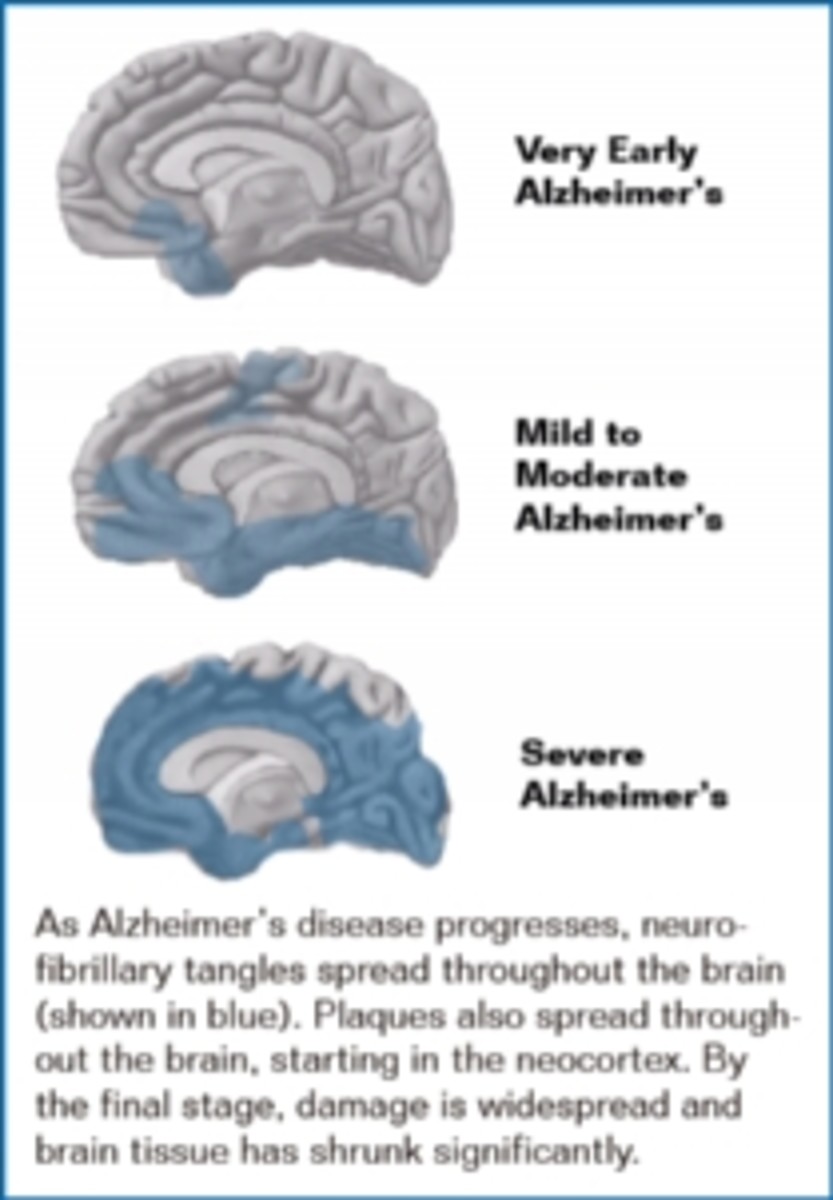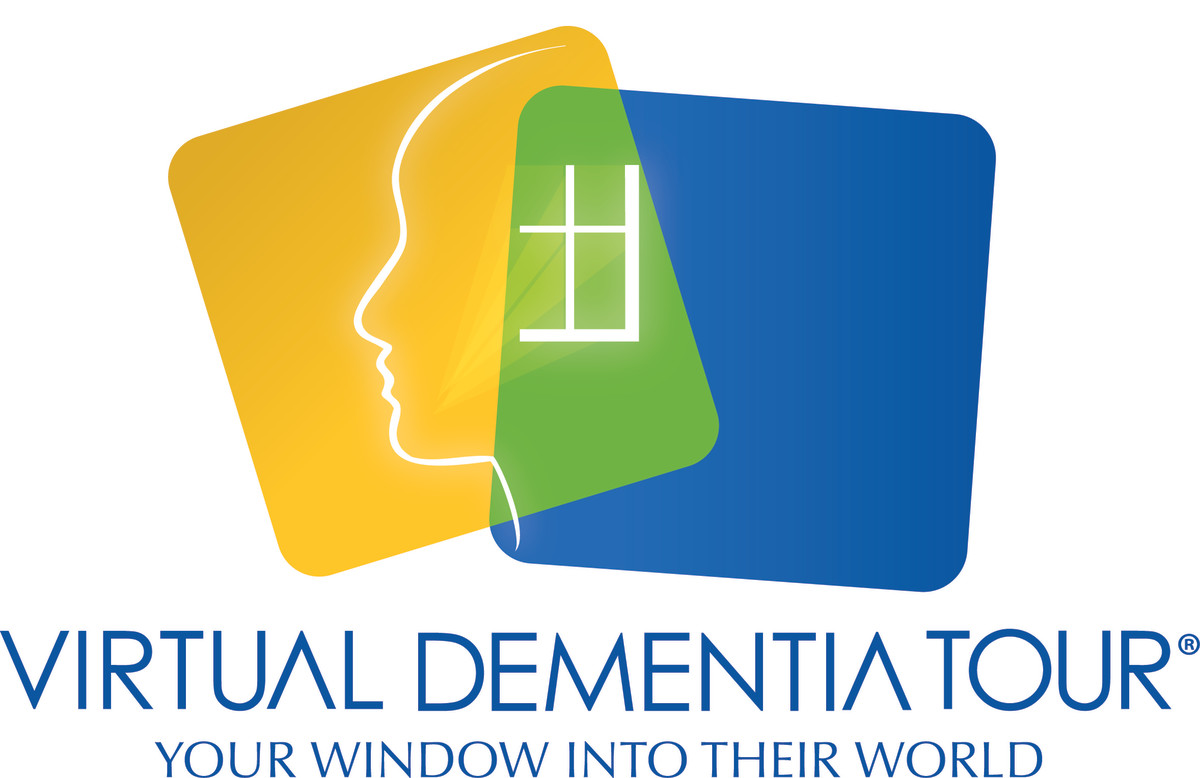Alzheimer's Disease: Behavior Management Techniques

Behavior Management Techniques
Alzheimer’s Disease: Behavior Management Techniques
Persons suffering from Alzheimer’s disease often view the world in frightening, irrational and delusional ways. As a result, they may feel that others are overly condescending or intend to do them physical or mental harm. In order to successfully manage the behavioral implications of this disease, it is imperative that we behave in a manner that reduces the environmental stressors for our loved ones with AD. The following are a few important behavior management tips that you may find helpful. For more information on how to manage someone with Alzheimer’s disease, feel free to contact me.
- Alzheimer's Disease: Potential Signs and Symptoms
It is important to be aware of the signs and symptoms of Alzheimer's disease. A certain degree of forgetfulness is normal for people regardless of age, but when does that forgetfulness appear to be full blown memory loss and at what point is it time
- Alzheimer's Disease: Communication Tips
Human beings rely on the art of good communication to enhance our relationships and meet our own basic needs. Imagine the challenges one would face if they were no longer able to make those basic needs known. In an effort to make the world a less cha
1. Utilize the communication tips shared in my hub on successful communication techniques.
2. Do NOT overcorrect. If someone with AD makes an incorrect statement that is neither harmful to themselves or others, it does not warrant correction.
3. Do NOT argue with someone with AD. You will never win. Arguing only escalates the situation and may lead to violence.
4. Never use big arm movements or other gestures that could be perceived as threatening.
5. Maintain a calm, yet firm tone of voice.
6. Validate the emotions of the person with AD and provide reassurance. For example, you may try saying something such as, “I understand that you are sad. I would feel sad too. How can I help you?” Do not be dismissive. Sometimes saying, “Everything will be okay. Let’s go have dinner now,” can be perceived as uncaring and unhelpful. Often, the delusions that someone with AD is suffering from can be terrifying. For example, I’ve met several women with AD whose delusions revolve around the perception that their children are in danger. For me to say, “No they’re not. They’ll be fine,” does not do anything to help minimize the anxiety. In their mind, their children truly are in danger. The idea of validation will be discussed in greater detail in my hub on validation techniques.
7. Get into the individual’s reality. Do NOT expect them to conform to yours.
8. If the individual is engaging in an unusual behavior, ask yourself, “what is the worst thing that may happen if I do not intervene?” If the answer is, ‘nothing,’ then perhaps you do not need to intervene. Interventions often lead to catastrophic reactions. For example, if your loved one is puttering around the house, rearranging chairs or folding and unfolding towels, it may be odd behavior, but what is the harm in it? They are safely occupied, and your redirection could cause unwarranted agitation.
9. Be flexible. For example, if your loved one normally needs your help at 8:00 am to take a bath, but today the refuse to take one, maybe you can try again at 8:30 or 10:00 am. Are they really in need of a shower? If not, maybe today they can skip it.
10. Enlist the assistance of a loved one if possible. When an individual is acting out and you cannot get them to respond positively to you, perhaps there is another individual whom they trust, that may be able to offer assistance. Sometimes a new face and a new approach can be helpful.
11. Minimize environmental stressors. Sensory overload is often the cause for catastrophic reactions. For example, too much noise, extreme temperatures, verbal stimuli which are too complicated, lights which are too bright or too dim, unfamiliar surroundings, hunger, thirst, urinary or bowel urgency, pain, and a host of other stressors can be devastating. To manage this, consider the following examples:
a. If vacuuming, do not also have the TV or radio on.
b. When concentrating on eating dinner, do not run the dishwasher, talk too much, clatter the dishes or utensils, play music which is too loud or too lively, etc.
c. Maintain a regular schedule for toileting, waking, napping, taking medications, etc.
d. Maintain a comfortable temperature in the house and keep a sweater available just in case.
12. Reminiscence is often reassuring and the familiarity can be comforting. Try looking at family photo albums or listening to favorite music.
- Diet and Metabolism: Guide to a Healthier You
Change your diet - Change your life. Here are a few steps to hep you in the right direction.
13. Attempt to redirect the individual away from the source of the anxiety. Try saying something such as, “Walk with me,” and leading them away from the stressor while allowing them to talk about their feelings. This helps to offer reassurance and promote feelings of safety.
14. Always assure that if the individual’s behavior is escalating, you do whatever you can to promote their highest level of safety. If their anger and aggression is directed at others, assure that others are directed to safety immediately.
15. When someone is not aggressive, you may speak to them at or below eye level to minimize their feelings of being threatened. But if their agitation is escalating you may want to remain at or slightly above eye level and speak in a calm yet firm voice to establish your confident presence.
16. Never make the individual feel cornered. Allow them to have free range of mobility. Sometimes, being able to walk off aggression is helpful and helps to avoid catastrophy.
17. Never turn your back on the agitated person. If they decide to become aggressive, you do not want to be at a disadvantage.
18. If you have no choice but to physically subdue a violent individual, place your arms around them from behind, holding their hands down in front of them. Do not apply unnecessary force, use only the amount of strength that it takes to gain control of the situation and ensure the safety of all involved. Once they are no longer struggling, you may slowly let go. Do NOT raise your voice. Be firm, but as non-threatening as possible. Always offer reassurance that you do NOT want to hurt them. You only want to help them.
19. Keep a list of activities available to offer constructive ways for the individual to use their time. They want to be useful. Without a sense of purpose, even the person with AD can whither and develop feelings of useless and worthlessness. Some easy, useful ideas might include:
a. Folding towels or socks
b. Setting or clearing the dinner table
c. Dusting
d. Watering plants
e. Sorting socks, buttons, papers, coins, M&Ms, silverware, etc.
f. Clipping coupons
g. Sweeping or vacuuming
h. Looking at photographs
i. Looking through pre-made activity bags that reflect past interests or hobbies
j. Brushing or playing with the cats or dogs
k. Feeding the pets
l. Going for a walk with a trusted loved one
I wish you the best of luck in your attempts to successfully manage the effects of this complicated disease. Remember, the best way to get a leg up on it is early detection and treatment. While there is no cure for AD, there are drugs that can help delay the symptoms and progression of the disease. If you or a loved one are suffering from potential signs of AD, consult with your doctor immediately.
- Natural Home Remedies for Physical and Household Misfortunes
Home Remedies Home remedies are becoming more and more popular as people try to save money, protect the environment and find ways to correct a number of physical and household misfortunes. If you need a...
Rate this Hub
© 2010 Jaynie2000








